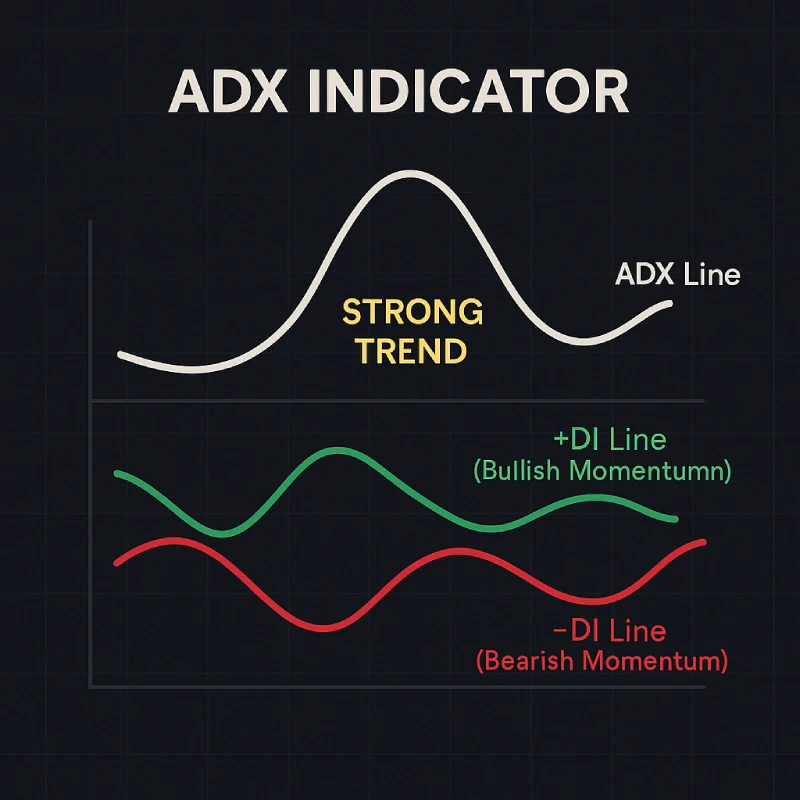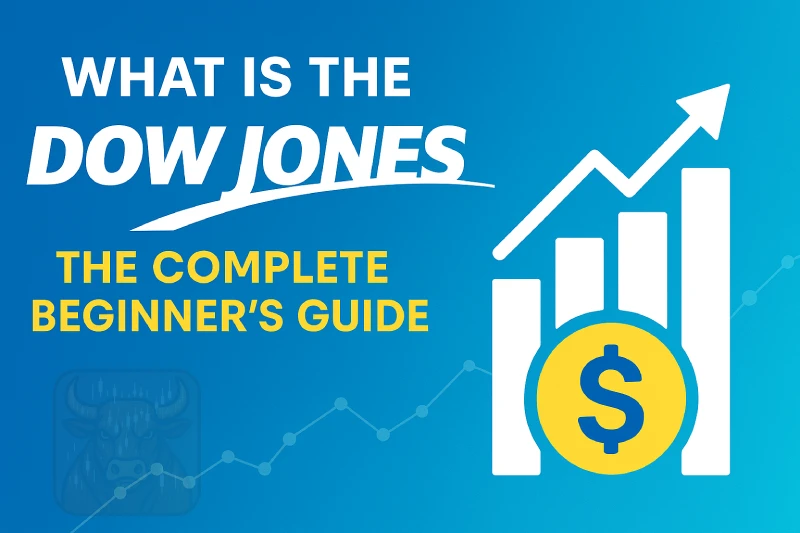📈 What Is Day Trading? The Ultimate Guide to Short-Term Trading
🔍 The World of Intraday Trading
Day trading is an investment strategy where positions are opened and closed on the same day, taking advantage of market volatility for quick profits. Unlike traditional investing (buy and hold), here time is either your ally or your enemy: trades may last seconds, minutes, or hours, but never overnight. It’s popular in stocks, forex, and cryptocurrencies, but requires discipline, analysis, and risk management.
📊 How Does Day Trading Work?
1. Key Concepts
- Market Hours: Trading occurs only during exchange sessions (e.g., 9:30 AM – 4:00 PM EST for NYSE).
- Leverage: Using borrowed capital to multiply gains (and risks).
- Liquidity: High-volume assets (e.g., Apple, Bitcoin) are ideal for fast entry/exit.
2. Profile of a Successful Day Trader
✅ Quick mindset: Makes decisions under pressure.
✅ Strict discipline: Follows a plan and uses stop-loss orders.
✅ Technical knowledge: Masters charts and patterns.
Key stat: Only 10% of day traders are consistently profitable (FINRA study).
⚡ Common Day Trading Strategies
| Strategy | How It Works | Ideal Assets |
|---|---|---|
| Scalping | Capture small moves (0.1%-1%) within minutes | Forex, SPY, BTC |
| Breakout Trading | Trade breakouts from support/resistance | News-driven stocks |
| Momentum Trading | Ride strong trends with volume | Meme stocks, tech |
Real example:
- 9:30 AM: Buy NVIDIA at $800 after a bullish gap at open.
- 11:45 AM: Sell at $820 (2.5% gain).
📌 Requirements to Get Started
1. Minimum Capital
- U.S.: $25,000+ (SEC’s Pattern Day Trader rule).
- Latin America/Europe: Varies (starting from $500 on CFD brokers).
2. Essential Tools
- Platform: ThinkorSwim (TD Ameritrade), MetaTrader 5, TradingView.
- Real-Time Data: 1-5 minute candles, Level 2 market depth.
- News: Bloomberg Terminal, Benzinga Pro.
3. Psychology
- Control emotions: Avoid revenge trading after losses.
- Trade journal: Log every trade to improve.
⚠️ Risks of Day Trading
1. Accelerated Losses
- Leverage can amplify losses (e.g., losing 50% in hours).
2. Commissions
- Brokers charge per trade (can eat into profits).
3. Information Overload
- Analyzing charts, news, and real-time data is exhausting.
Real case: Robinhood 2020 – 80% of users lost money day trading.
💡 Beginner Tips
- Start with a Simulator: Paper trade for 3-6 months.
- Focus on 1-2 Assets: Master their behavior.
- ALWAYS Use Stop-Losses: Max 1-2% risk per trade.
- Avoid Fake News: Verify sources before trading.
📈 Practical Example: Trading the S&P 500
- 9:35 AM: Spot uptrend in SPY (EMA 50 > EMA 200).
- 10:15 AM: Buy at $520 with a stop-loss at $518 (0.4% risk).
- 2:30 PM: Sell at $525 (1% profit).
Key: Patience to wait for clear setups.
🎯 Conclusion: Is Day Trading for You?
Day trading is not “easy money,” but a high-risk, high-reward profession. It requires:
✅ Constant education (courses, mentorships).
✅ Capital you can afford to lose.
✅ Hours of practice (500+ simulated trades).
Recommended tools:
- Free simulator: Investopedia Stock Simulator
or on the broker where you’re registered (they usually offer demo accounts) - Key book: “Day Trading for Dummies” (Ann C. Logue)
“Day trading is a marathon, not a sprint. The patient survive; the emotional go broke.” 🚀






